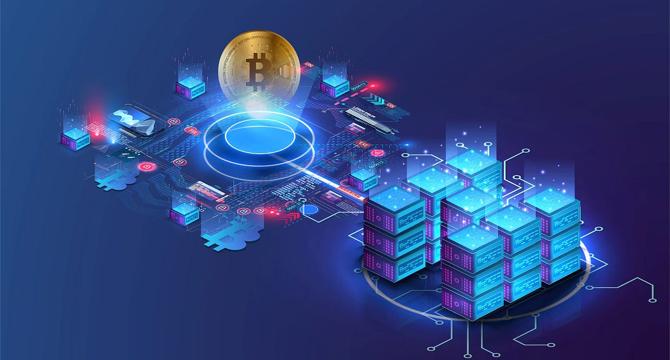Medium
1M
435

Image Credit: Medium
Blockchain Explorer: The Window Into the World of Blockchain
- Blockchain explorers play a crucial role in providing transparency and insight into blockchain data, enhancing trust in the system by allowing users to verify transactions and monitor activities.
- They serve as user-friendly interfaces for accessing information about blocks, transactions, addresses, fees, and smart contracts on various blockchains.
- Blockchain explorers are instrumental in promoting transparency, making fraud and manipulation more difficult, and empowering users to independently navigate blockchain activities.
- Developers and analysts utilize explorers to monitor smart contracts, analyze transactions, track wallet activity, and ensure compliance with regulations.
- Explorers connect to full nodes on blockchain networks, parse data into searchable databases, and offer web interfaces along with APIs for real-time blockchain data access.
- Users can search for transaction details, wallet addresses, block information, smart contract interactions, token data, NFT details, and more through blockchain explorers.
- Different blockchain explorers cater to specific blockchain protocols, supporting features like smart contract viewing, token tracking, NFT data, and forensic blockchain analysis.
- While explorers provide valuable insights, they are not equivalent to running full blockchain nodes and are evolving to offer enhanced features like multi-chain visibility, graphical dashboards, and decentralized models.
- Efforts are ongoing to decentralize explorers, enhance privacy features, and integrate with emerging technologies to meet the expanding needs of blockchain users across various industries.
- Blockchain explorers serve as a foundational component of the blockchain ecosystem, enabling users to understand, analyze, and trust the decentralized infrastructure powering the future of finance, gaming, healthcare, and identity.
- As blockchain technology advances, so do blockchain explorers, paving the way for more sophisticated tools that offer real-time insights, Web3 integrations, and innovative approaches to data visualization.
Read Full Article
26 Likes
For uninterrupted reading, download the app